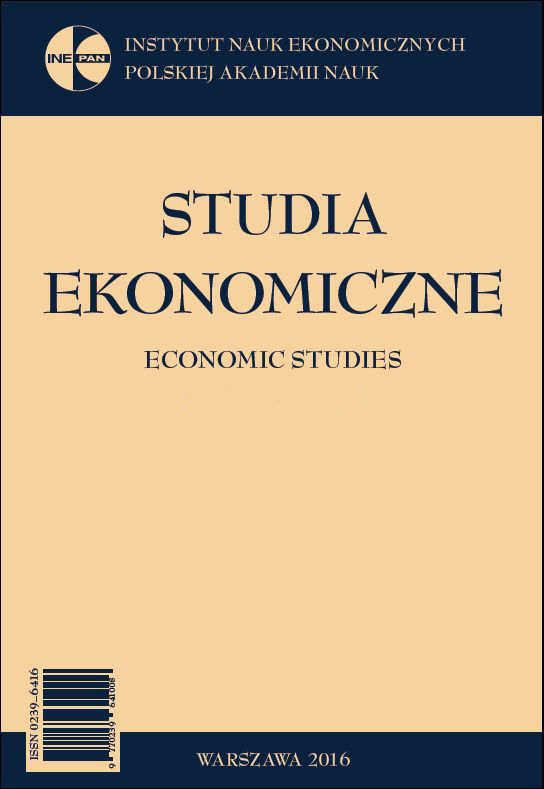Fuzzy Multidimensional Poverty Index
Fuzzy Multidimensional Poverty Index
Author(s): Martyna KobusSubject(s): National Economy, Sociology, Public Finances
Published by: Instytut Nauk Ekonomicznych Polskiej Akademii Nauk
Keywords: multidimensional poverty; headcount ratio; fuzzy measurement
Summary/Abstract: Multidimensional Poverty Index (MPI) is a novel measure of poverty that is being used by United Nations Development Programme. The MPI is an answer to the call for a multidimensional view of poverty (Sen and Anand, 1997). It evaluates poverty at the individual level, with poor people being those who are deprived in multiple dimensions of well-being, and also the extent of poverty by assessing the intensity of deprivation. Formally, the MPI is a product of the headcount ratio and the proportion of dimensions in which individuals are deprived. The MPI methodology makes use of dual cutoff, that is, within dimension cutoff is the poverty line and crossdimensional cutoff is the minimum number of deprivations required in order to be considered poor. The arbitrariness of dual cutoff approach makes it natural to search for a fuzzy counterpart to the MPI. Fuzzy approach to poverty measurement depicts the vagueness that appears in the measurement of social phenomena instead of establishing single line that separates the poor and the non-poor. Majority of variables used in social measurement are of qualitative ordinal nature; any sharp boundary as to where, for example, illiteracy or malnutrition begins is discretionary. Instead, in fuzzy approach membership in poverty has various degrees, from low to severe. In this paper, we propose fuzzy counterpart to the MPI and discuss its properties and further generalizations.
Journal: Studia Ekonomiczne
- Issue Year: 2017
- Issue No: 3
- Page Range: 314-331
- Page Count: 18
- Language: English

